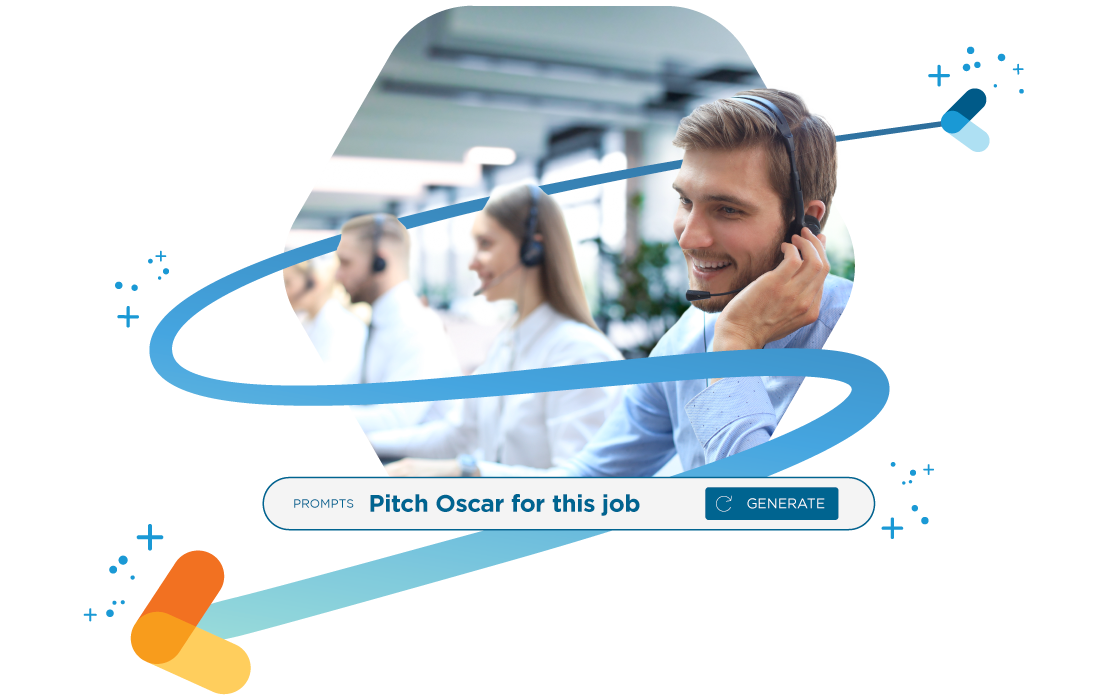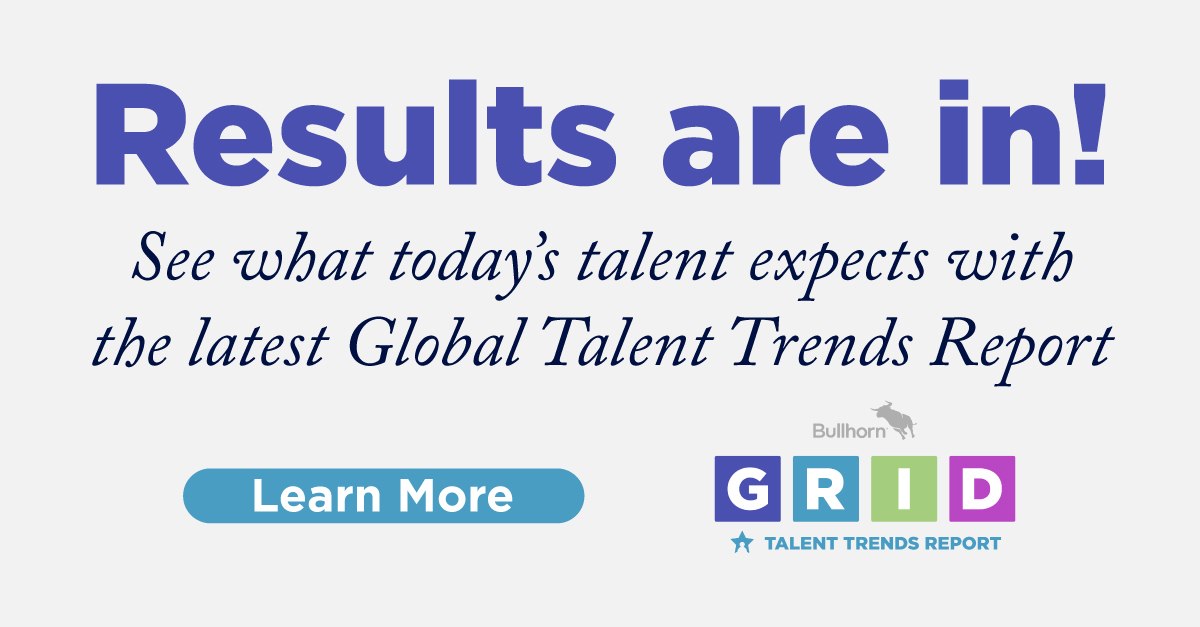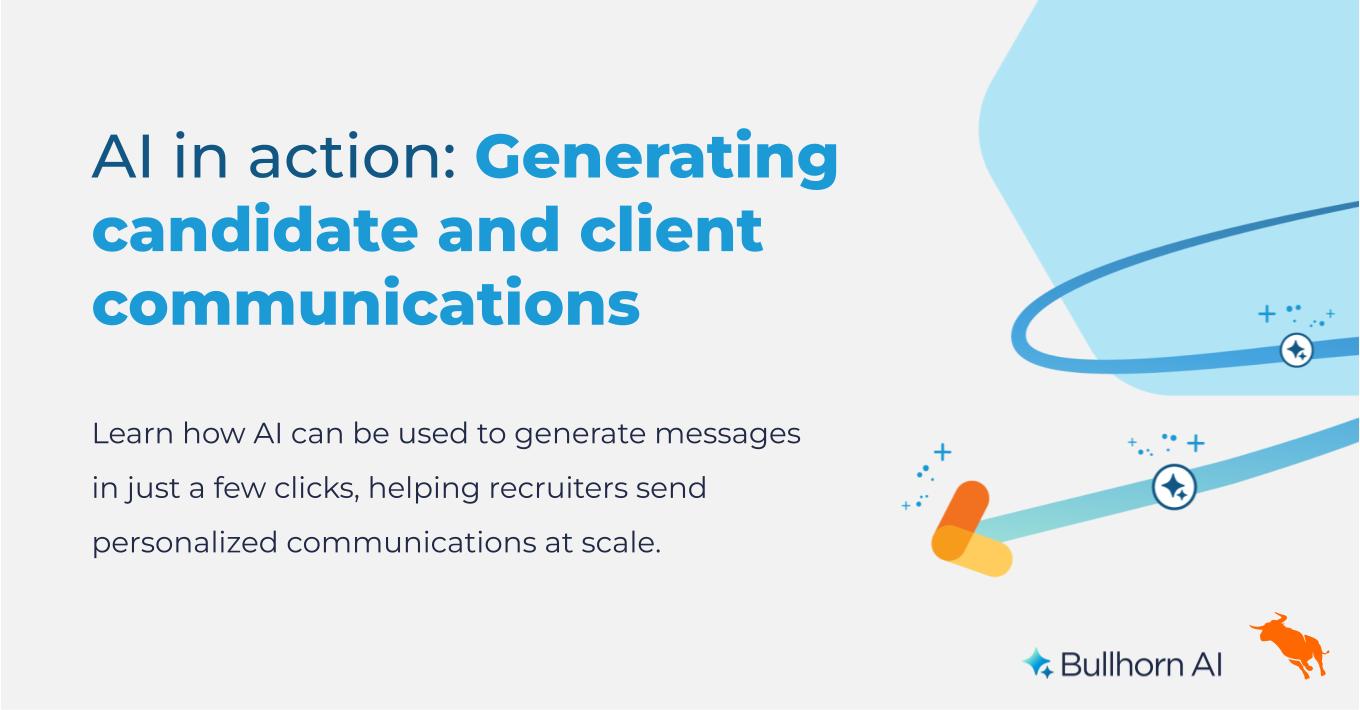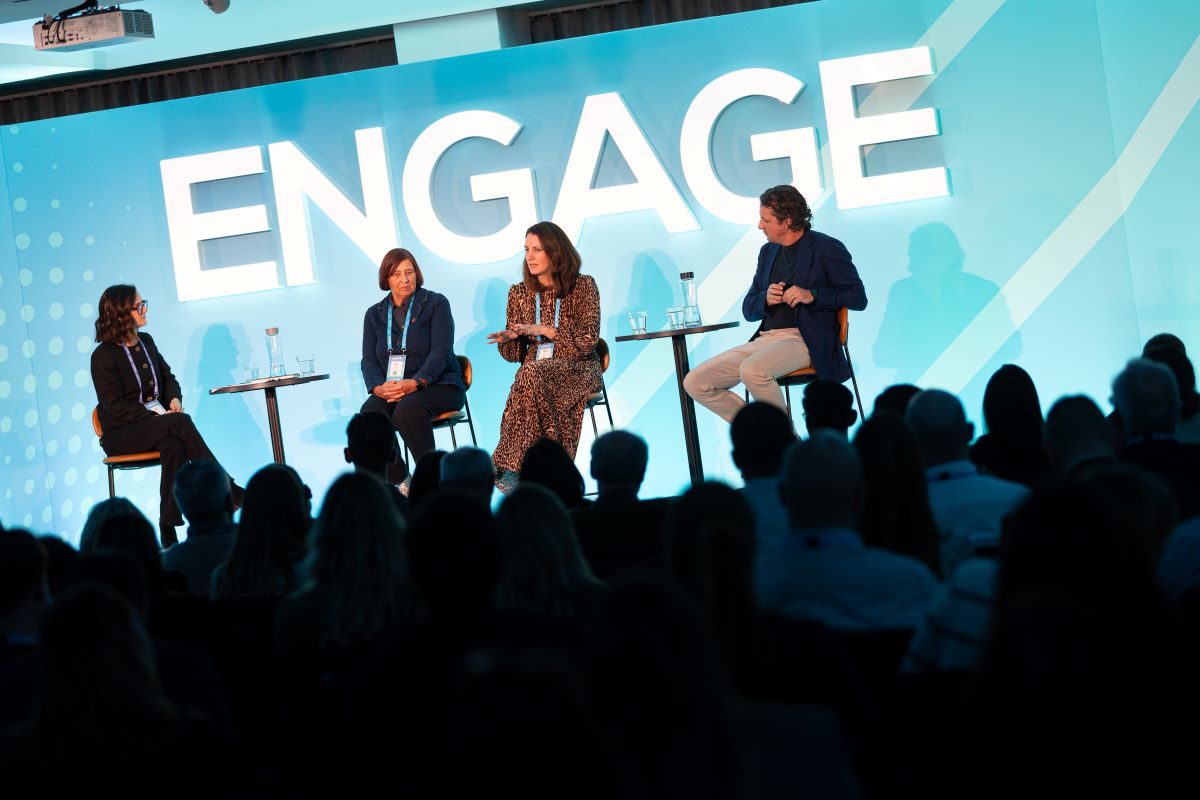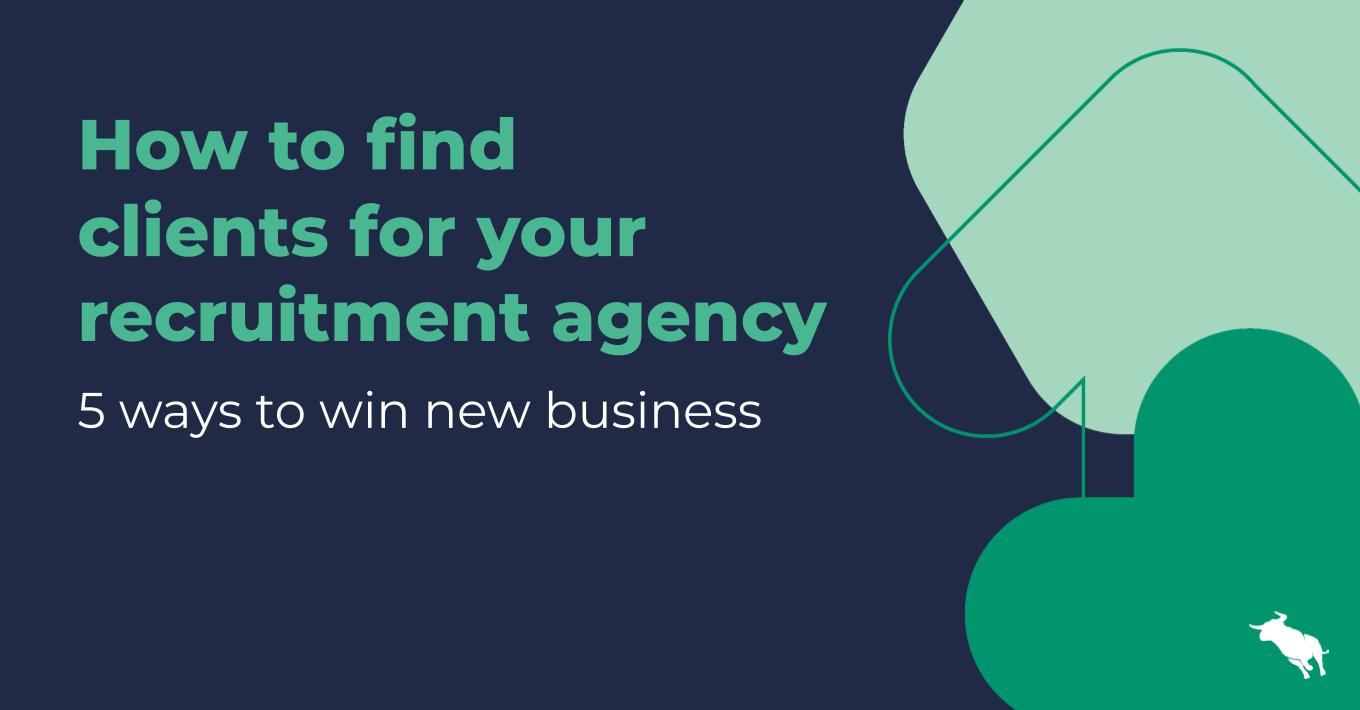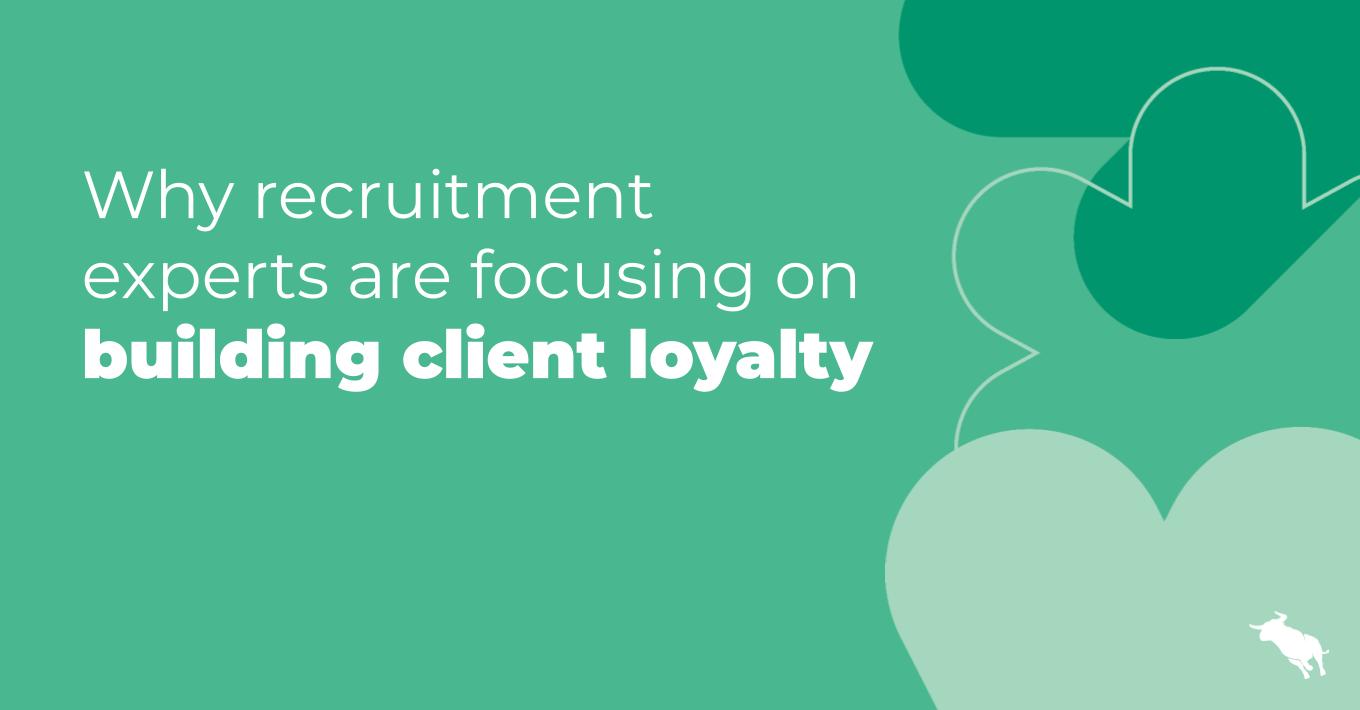How To Use Chatbots To Engage Candidates

In today’s competitive market, recruiters constantly are seeking ways to improve candidate engagement and attract the best talent for their clients. While chatbots were developed in the 1960s, their use has become increasingly more common in recent years. In fact, global business research company Gartner made the bold prediction that by 2020, the average person would have more conversations with chatbots than with their spouse. So, what can this technology do for your recruitment agency, and how can you make the most of it?
What exactly is a chatbot?
A chatbot, such as recruiter-tailored Mya, is simply a fast automated system designed to closely replicate a conversation with a human. They are programmed to use natural language processing to understand and respond to particular statements and questions. For example, if asked, “Did you receive my references?” a bot could reply with ‘”Yes, they were received yesterday. Thank you.”
More sophisticated bots use machine learning, meaning the more they ‘speak’ with humans, the better able they are to answer future questions and replicate human speech. Undeniably, as Art Papas highlighted in his keynote at Engage London 2018, these advances are transforming the way we work: Just think, how many of life’s interactions can already be handled by a computer? Although chatbots are often described as being artificially intelligent, none are yet at the stage where they can comfortably pass as a human without detection, so recruiters needn’t worry about being replaced.
How can chatbots help recruiters?
Chatbots can be used to automate a significant proportion of your top of funnel interactions. This means each candidate gets timely, personalised responses to their application at every touch point of the recruitment process. Major businesses such as Sky are picking up on this trend, recently introducing an Ask Jeff ChatBot to allow applicants round-the-clock assistance. Recruitment agencies are following suit, such as executive search firm SCGC who are using bots to help engage applicants for more junior roles. However, there is still some way to go. According to the 2018 Recruitment Trends survey close to half of recruiters (48 per cent) aren’t using automation tools, such as chatbots.
Key areas where the candidate experience can be enhanced by bots include:
- Quickly acknowledging when a CV or other request is submitted. Some recruiters set an auto-delay on the response so it feels less automated to a candidate.
- Answering frequently asked questions about the role and application process, so recruiters aren’t repeatedly responding to similar enquiries.
- Collecting information from candidates, such as their CV, past roles, and current responsibilities. This data can be recorded then fed into an ATS or sent directly to the human recruiter. This makes pre-screening candidates more efficient, eliminating any unqualified applicants. The shortlisting process is also sped up by ranking candidates on metrics such as their qualifications and number of years’ experience. The time saved means recruiters can focus on building relationships with suitable talent, with the added benefit of having more information so that the first meeting with a candidate has a more advanced starting point.
- Tackling time-consuming admin, such as scheduling interviews and meetings, or reminding candidates to complete forms.
- Improving candidate experience during onboarding by checking in with new starters, detecting positive responses, and alerting recruiters to negative ones so they can respond accordingly.
Utilising chatbots is a great way for recruiters to create a regular, effective dialogue with candidates and helping them to obtain key information quickly. However, we must remember, bots have their limitations: they have no human empathy, so can’t be relied upon to deal with issues requiring the sensitivity of a human recruiter. They are also limited to understanding the language that they are programmed with or, for bots capable of machine learning, learn from interactions after they have taken place. This means they can’t solve problems as they arise, and text abbreviations or slang might confuse them, requiring input from their human counterparts. Consequently, the best way to use chatbots is to pair them with a personal, human interaction.
For more tips on connecting with candidates, check out our recruiter’s guide to candidate engagement

